The gastronomy in the archaeological capital of the Americas brings an explosion of flavors, where local ingredients and ancient techniques come together to create the traditional dishes of our beloved Cusco, which everyone must try. Stay and get more information.
Table of Contents
All Peruvians love to eat well, especially those from Cusco; that’s why we invite you to indulge in the culinary art that plays an important role in the land of Cusco. If you visit the imperial city, don’t miss the chance to try the following dishes:
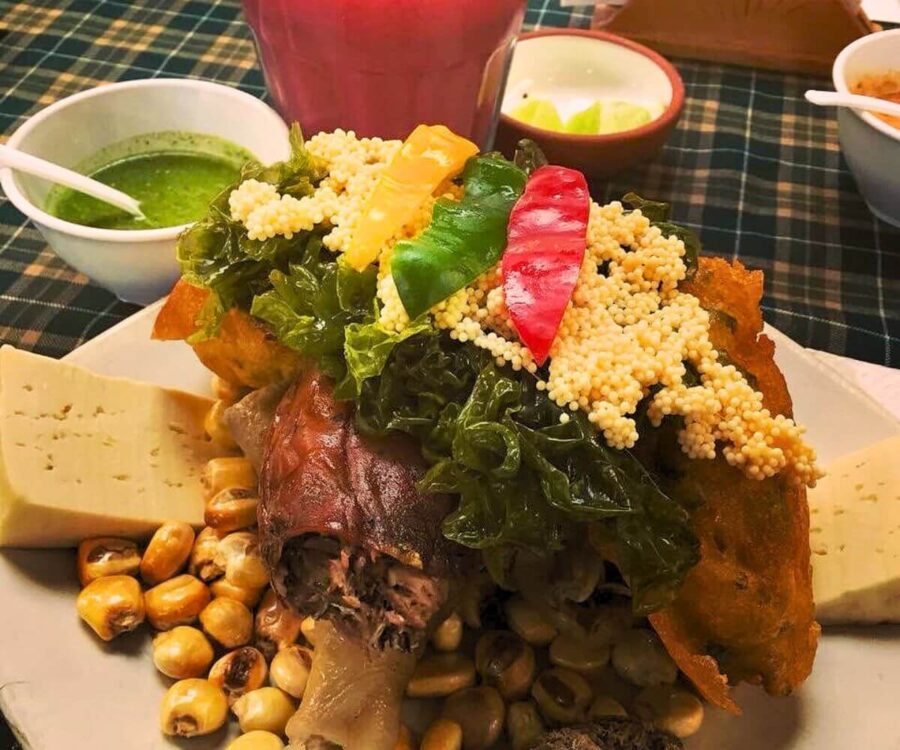
This is the flagship dish of the region, its name means "cold chili or cold spicy". The origin of this dish dates back to Inca times, when a great feast was created with foods from Peru’s three regions: the coast, the mountains, and the jungle. Today, it is enjoyed by everyone in Cusco during festivals, especially during Corpus Christi.
The ingredients that make this magical mix of flavors possible are: corn, guinea pig, chicken, seaweed (cochayuyo), fish roe, cheese, dried meat (cecina), and rocoto pepper. An important fact about Chiriuchu is that it represents Andean duality and was previously an offering to the sun. With such a fusion of aromas, don't miss out on this unique blend of flavors.
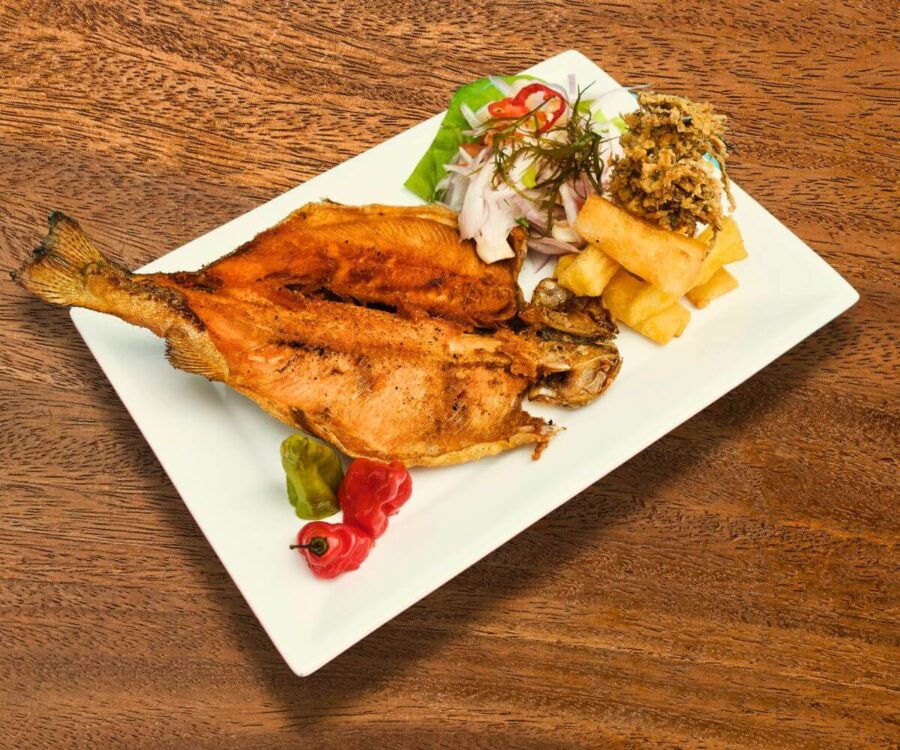
The traditional fried trout is one of the region’s standout dishes. Once you try it, you won't be able to resist it. The best part is that it reflects the fresh local ingredients, and what makes it special is that it comes from the high Andean lakes that surround Cusco.
The ingredients are: potatoes, corn, salad, chili pepper, etc. If you want to savor this delicious dish, you can visit restaurants as they are easily accessible.
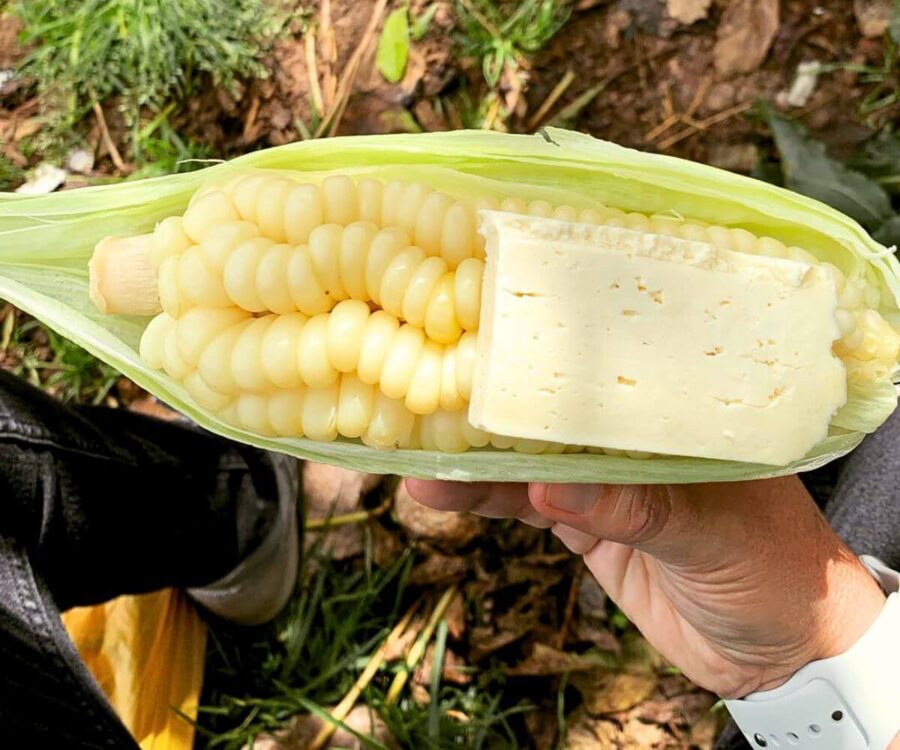
This Incan delicacy could not be missing. To understand the origin of this appetizer, we go back to the past, where the Incas considered corn a sacred gift.
In the region, there are seasons to enjoy the perfect combination of sweet and savory flavors that captivate most people. The stars of the dish are simply corn and cheese; therefore, its preparation is easy. If you visit Cusco, you can’t miss this treat.
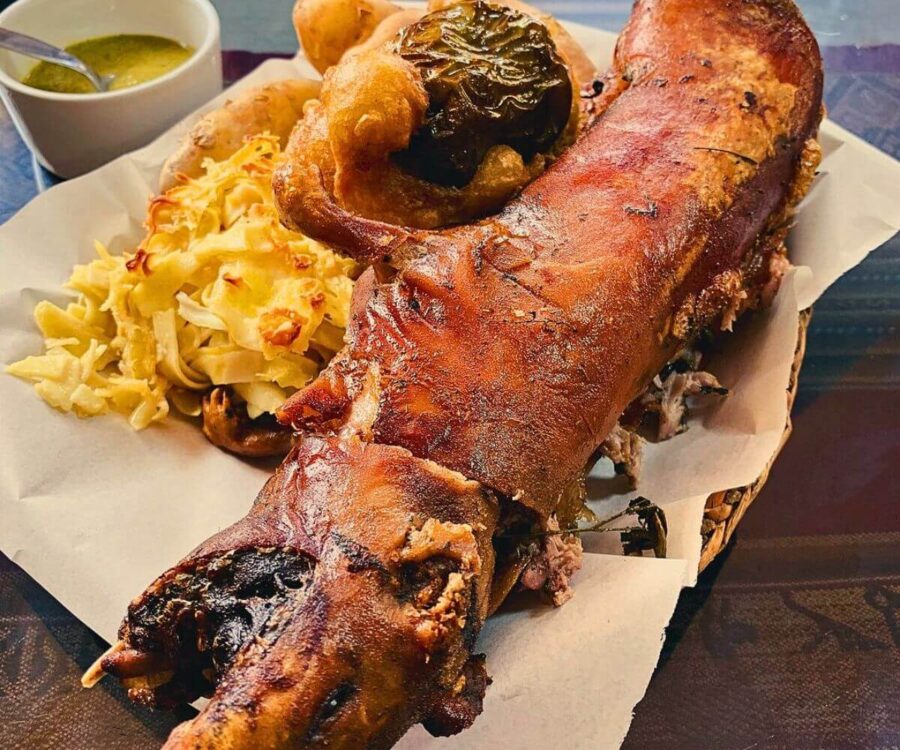
This dish has its origins in ancient times and remains the main attraction during the most important festivities in Cusco. Its preparation can be somewhat laborious, as it requires marinating with Andean spices before being baked in the oven.
It is usually served with native potatoes, corn, and aji that adds a special touch, accompanied by the crunchiness of the outside, the tenderness of the guinea pig's interior, and its unmistakable smoky flavor; however, beyond nourishing the body, it delights the soul.
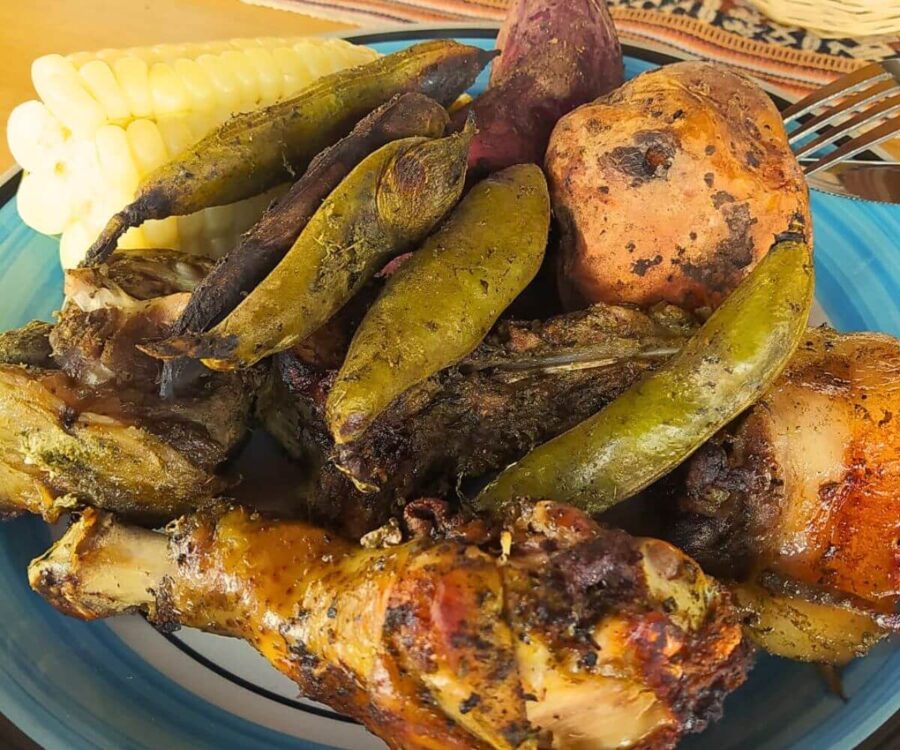
Mother Earth offers us a culinary experience that transcends traditional cooking, as its roots are found in Andean cultures; therefore, from its preparation, it is a ritual that connects people with Pachamama or Mother Earth.
The uniqueness of Pachamanca lies in an improvised oven, dug into the ground, with a set of hot stones on top where the food is placed for cooking.
To prepare it, we need: meat (chicken, pork, lamb, etc.), potatoes, sweet potatoes, corn, oca, bananas, etc. It is definitely an ancestral dish that your palate must taste.
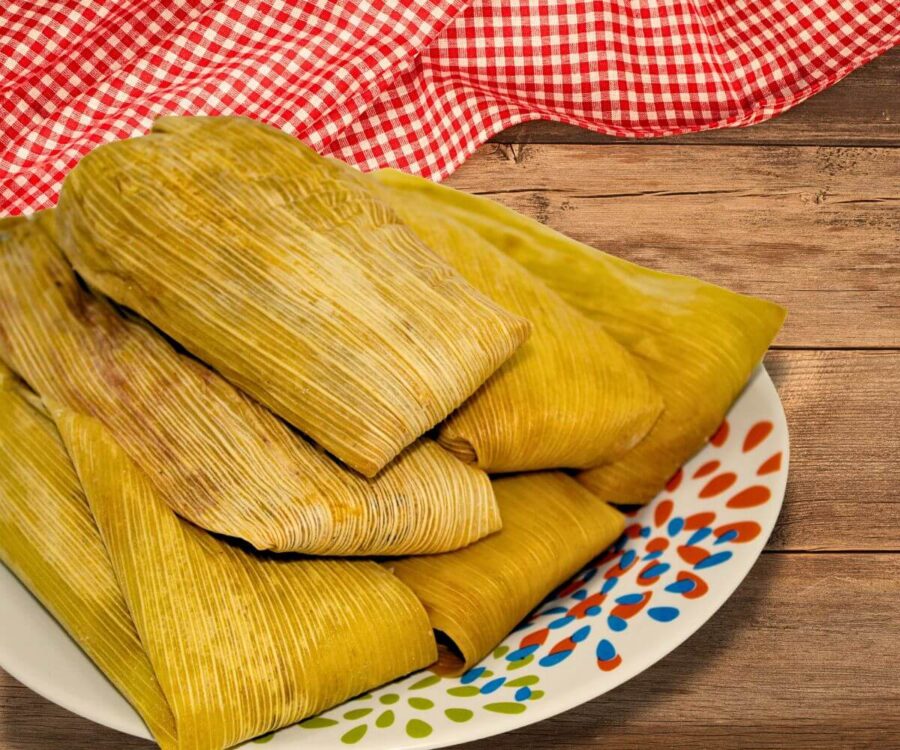
They are a true gem of Cusco's cuisine, similar to small tamales, made from an essential food in the Inca diet (corn), which results in a unique experience filled with flavor and texture.
The ingredients for making a humita include: corn, cheese, lard, anise, sugar, etc. The people of Cusco enjoy humitas for breakfast or as a snack; if you have the chance to try them, don't hesitate to do so.
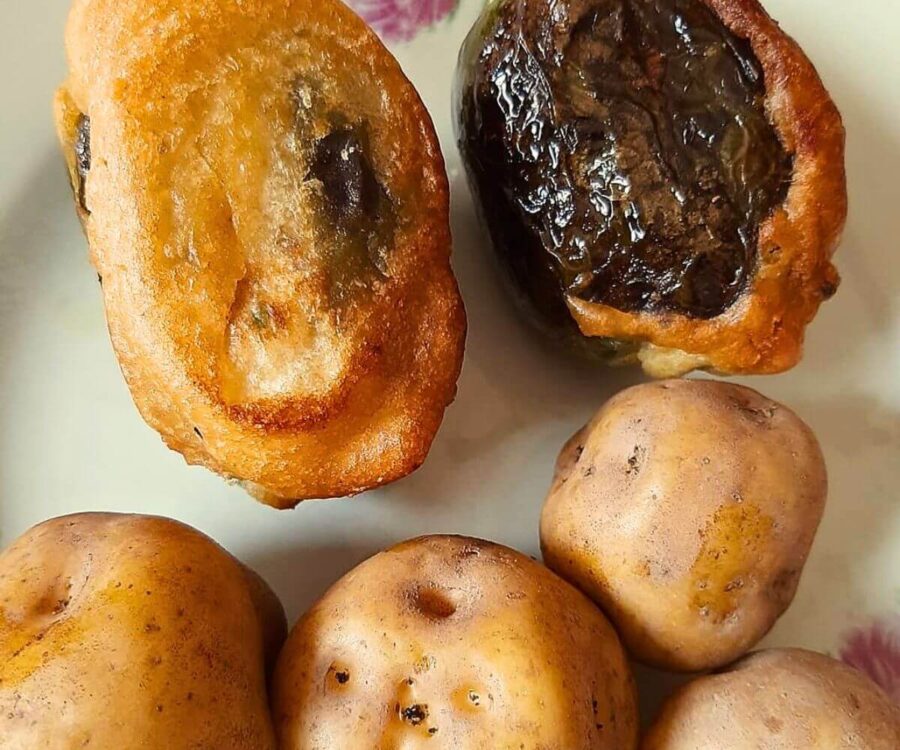
In Cusco, stuffed rocoto is loaded with history and tradition. The star ingredient is the "rocoto," a spicy vegetable with a meaty texture. What makes this dish special is the balance between the heat of the rocoto and the mild flavor of the filling.
To prepare it, the interior of the rocoto is carefully removed, and for the stuffing, you need ground meat, onion, garlic, peanuts, raisins, cumin, and more. Unlike the Arequipeño rocoto soufflé that includes cheese, the Cusco version is layered with a flour mixture for frying. It is served with boiled potatoes, creating a symphony of flavors that you cannot miss.
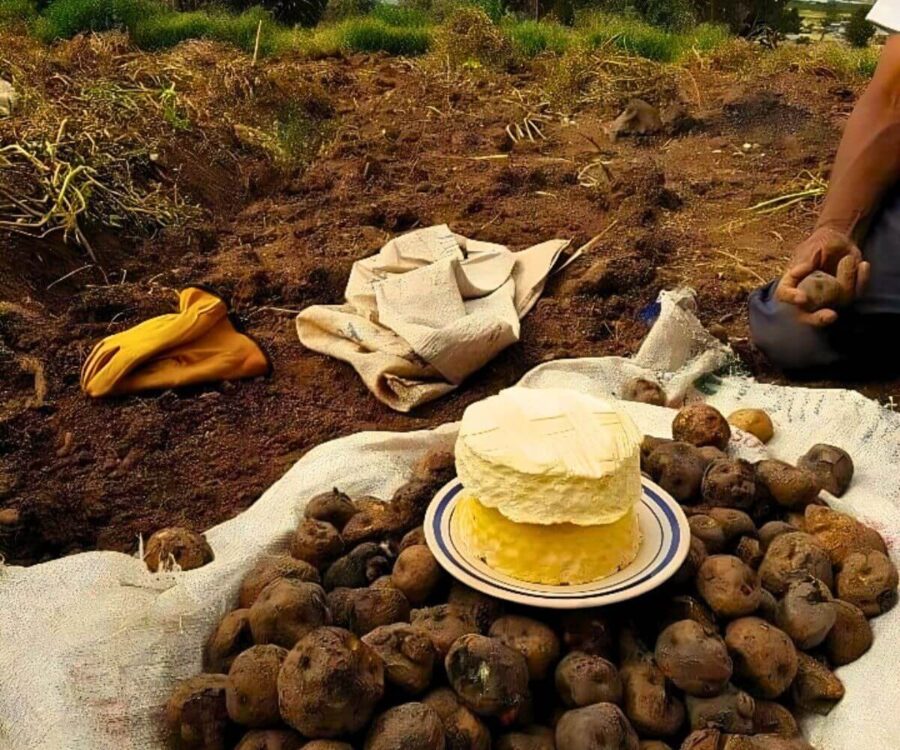
This dish represents the greatness of Andean cuisine, a symbol of tradition and custom, which gains significance during the months of June and July. The huatia is known as a moment of gathering and sharing with family, etc.
In its preparation, we consider a small oven dug into the ground, covered with dry clods of earth. Once hot, the main tuber, "the potato," is placed inside the oven, and then it is buried for baking.
After waiting for 30 minutes, you will begin to smell the characteristic aroma of the delicious huatia; then proceed to carefully take out the potatoes and enjoy them accompanied by cheese or their respective ocopa. Don't miss the chance to try this delicacy of the gods.
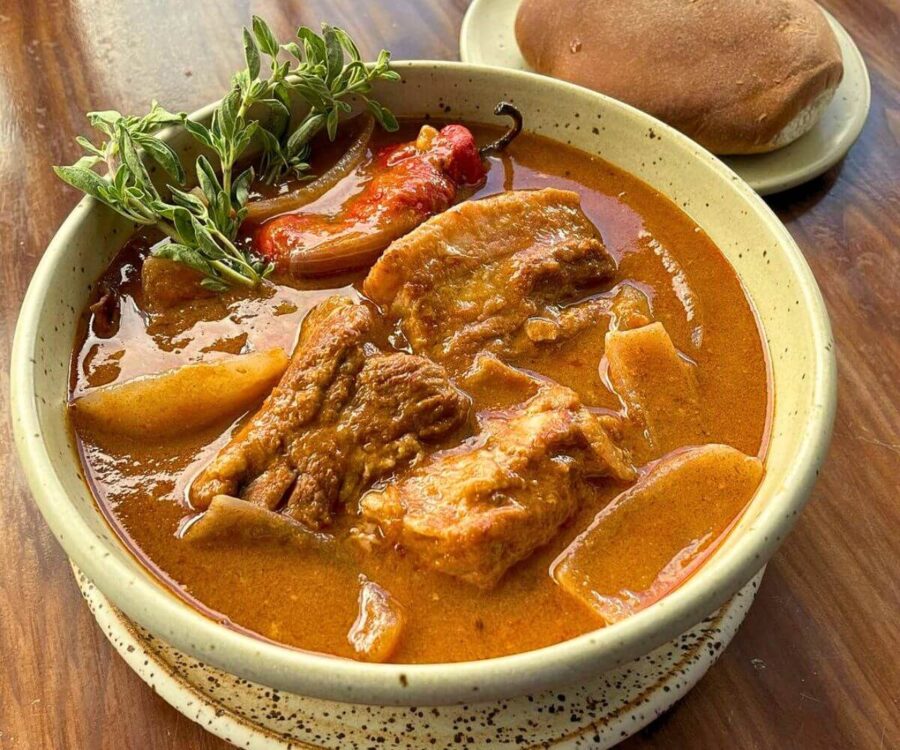
The Cusco adobo will exceed your high expectations from the very first bite, as it is a legacy from the colonial era that, when combining flavors, results in an exquisite and indescribable taste. The reddish, spicy broth combined with the pork will leave you speechless.
The magic lies in the following components: pork, ají panca, rocoto, onion, and the essential oropesa bread. Tasting this appetizer brings with it a symbol of celebration that conveys the warmth and hospitality of this wonderful land.
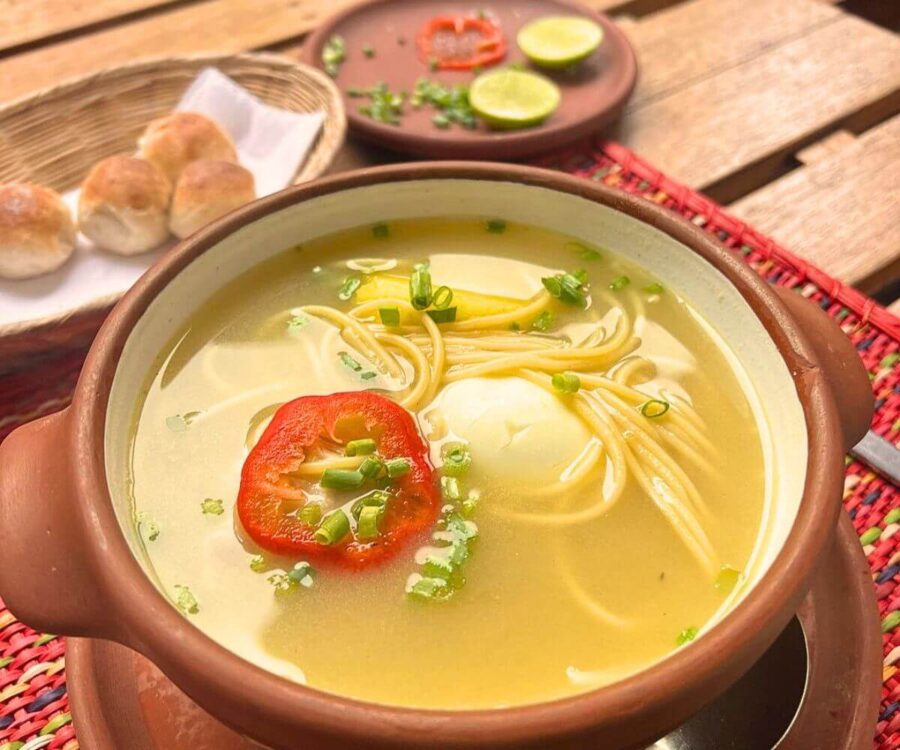
It is a magical broth that comforts both the body and soul, enjoyed at any time of the day, especially on rainy and cold days. Its uniqueness lies in its preparation; while the hen cooks, the other ingredients absorb the concentrate, resulting in a unique flavor.
The ingredients that make its preparation possible include: hen, yellow potatoes, green onions, lemon, rocoto, noodles, eggs, etc. During your stay in Cusco, don’t forget to try it, as you won’t regret it.
If you visit Peru, especially Cusco, you must savor each of these dishes that will captivate you from the aroma; witness the essence of the Andes. Don’t miss out!
